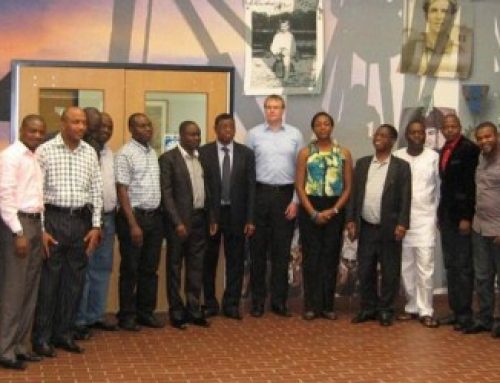Borehole Log Measurements Have Consequences
Often the decision is made not to critically edit, correct, reconstruct and normalize log data before entering into petrophysical analysis. Granted, the process of correcting log data increases time and expense but remember the term “GI-GO” or garbage in – garbage out. First the reader should remember that sixty percent of all logs have errors (Neinast and Knox 1973).
Secondly, when handling uncertainties in complex reservoirs, it is wise to remove the uncertainties that can be controlled, so that the uncertainties that are more difficult to quantify become apparent. Could you identify variable electrical properties as a problem if you don’t correctly calculate porosity? How easy is it to match a synthetic seismogram to a seismic section with a density curve in a washed-out wellbore and a sonic curve with numerous cycle skips?
The following is a quantification of effects of not correcting log data prior to petrophysical interpretation. This table is from SPE paper 26141 “A Tight Gas Field Study: Carthage (Cotton Valley) Field” (1993) by McCain, Voneiff, Hunt and Semmelbeck.
Want to know more about what you can do to minimize this error and much, much more? Call us at 972.386.4581 or email us at jwallace@wallace-international.com
Thank you for your interest.



Leave A Comment